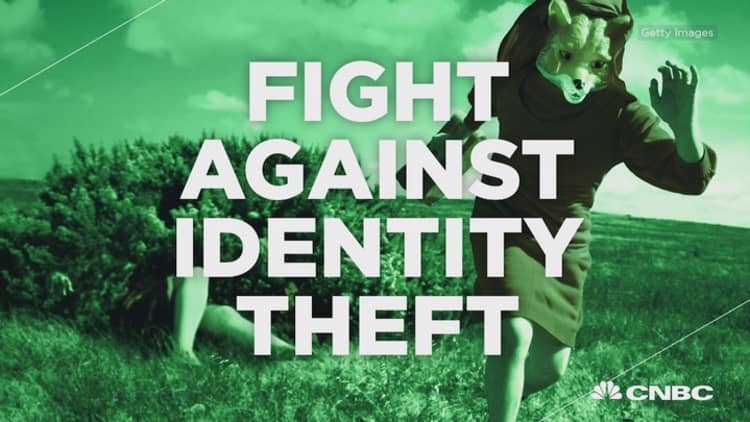


It's time to start paying closer attention to your credit report.
The days of spotting an unauthorized charge on your credit card aren't over, but criminals have been increasingly focused on perpetuating a kind of fraud that's harder for consumers to spot and can be more difficult to fight — opening new credit cards and other accounts in the victim's name. Such "new account fraud" jumped 113 percent in 2015, and now represents 20 percent of all fraud losses, according to a new report from Javelin Strategy & Research.
"It's shifting to a more damaging type of fraud for consumers," said Al Pascual, director of fraud and security for Javelin.
Fraud losses from unauthorized purchases or withdrawals on an existing account fell from $14 billion to $12 billion last year, the report says, contributing to an overall decline in fraud losses for 2015. But those stemming from new account fraud increased from $2 billion to $3 billion.
While increased consumer protections in recent years have helped, victims who have had an unauthorized account opened in their name still spend three times as long unraveling the problem as victims of existing account fraud (15 versus five hours), and have out-of-pocket costs almost five times as high (a mean $252, versus $52).
"Frequently, you don't find out about it until long after it has occurred," said Paul Stephens, director of policy and advocacy for the Privacy Rights Clearinghouse. "The onus is much more on you to prove that it is not your account." Or your debt.
New card fraud is likely to become even more prevalent amid the banking industry's move to EMV-chip-enabled credit and debit cards, which generate a unique transaction code with each purchase, making them harder to spoof. With those systems and cards rolling out, mining credit card numbers isn't as valuable for criminals, said Stephens.
"It's going to be much more difficult if not impossible to perpetuate existing account fraud with a payment card," he said.
While you're still far more likely to spot fraudulent charges on a credit card or other account (which happened to 4.84 percent of consumers last year, the Javelin report found) than you are to have a new one opened (something 0.62 percent experienced), a few simple steps could help you limit the risk of new account fraud.
Monitor your credit report. "You have to become much more engaged in your credit monitoring," said credit expert John Ulzheimer. "There's more heavy lifting if the account has been open a long time." Pulling your reports for free every year from the three bureaus won't be fast enough.
(It's not something most consumers do, anyway. Nearly one-third of Americans have never checked their credit report, according to a 2013 TransUnion survey.)
Instead, cobble together regular free access and monitoring from sites like CreditKarma.com, WalletHub.com or CreditSesame.com, which offer regular report access and send alerts about changes in your reports. New inquiries and accounts are red flags, he said, and so are new addresses or contact information listed as "yours."
Pay attention to breaches. Criminals need more sensitive personal information — namely, your Social Security number — to perpetuate new account fraud, said Pascual. "That ties into the big breaches we saw last year," he said. Hackers gained access to 64 percent more Social Security numbers than in 2014 and 110 percent more medical records data, according to Javelin.
If you receive notice that such information was compromised, you'll want to be more vigilant for fraud and other problems that can result, he said. Even if the leak involved less sensitive data, be alert for phishing scams that could put more of your info at risk.
Consider a credit freeze. A credit freeze prevents anyone — including you — from opening new lines of credit. The downside? "It's cumbersome," said Stephens. You'll need to notify the bureaus first if you later want to apply for a new loan or credit card. You'll also pay fees to each bureau for placing and temporarily lifting a freeze, with rates that range from $3 to $10 or more depending on the bureau, your home state and whether you're an identity theft victim, senior citizen or minor.
While a freeze might be an easier sell these days, said Pascual, "it only covers part of the issue." Freezing your credit won't prevent criminals from using your information for other kinds of fraud.




